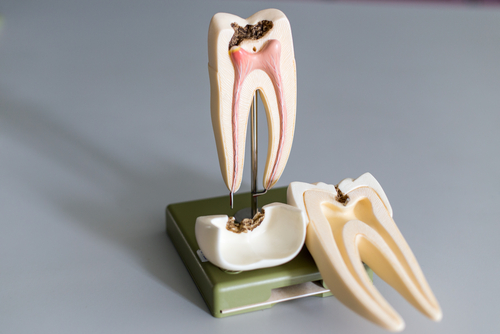Valentine’s Day is a celebration packed with red hearts, sweet notes, and yummy treats. It’s a fun day for kids, opening up all their valentines and nibbling on snacks. But like most holiday treats, some popular Valentine’s Day foods aren’t so great for teeth. This year, instead of handing out the sugar-packed candy hearts, consider some of your Plainsboro dentist’s top tooth-friendly treats.
1. Dark Chocolate
Just because we’re a Plainsboro dental office doesn’t mean we don’t enjoy a good piece of chocolate. We just happen to be bigger fans of dark chocolate than milk or white. Dark chocolates are full of antioxidants that can help keep bacteria levels in the mouth low, reducing the risk of cavities.
2. Cheese & Crackers
Sometimes a non-sugary snack is well-received to break up the amount of sweet flavors that often monopolize Valentine’s Day. Some cheese cubes or slices and whole grain crackers can do just that. Not to mention, certain cheeses are really great for teeth. Chew on some cheddar or bring on the brie to help protect teeth from decay.
3. Fruit
Whether you choose apple slices or strawberries cut to look like hearts, fruit is a healthy choice that still packs a sweet punch. Consider a fruit kabob or dunk full strawberries into some chocolate for extra dose of sweetness.
4. Sugar-Free Candy
There are plenty of sugar-free candy options out there that still give you the satisfaction of eating candy without putting your teeth at risk for decay. The important thing to remember is that just because the label says ‘sugar free’ doesn’t mean it’s not just as tasty.
What to Avoid
To make a oral health conscious choice on your Valentine’s Day treats, you also need to know what to avoid. The following snacks are the worst for teeth:
● Anything sticky or chewy
● Candies that are nothing but loose sugar
● Lollipops
● Super hard candies
Avoiding foods that can be bad for your smile (or at least enjoying them in moderation) will help you keep cavities away. But it’s still important to brush and floss every day and maintain visits to your dentist in Plainsboro twice a year. If it’s time for your next visit, give us a call today.




















